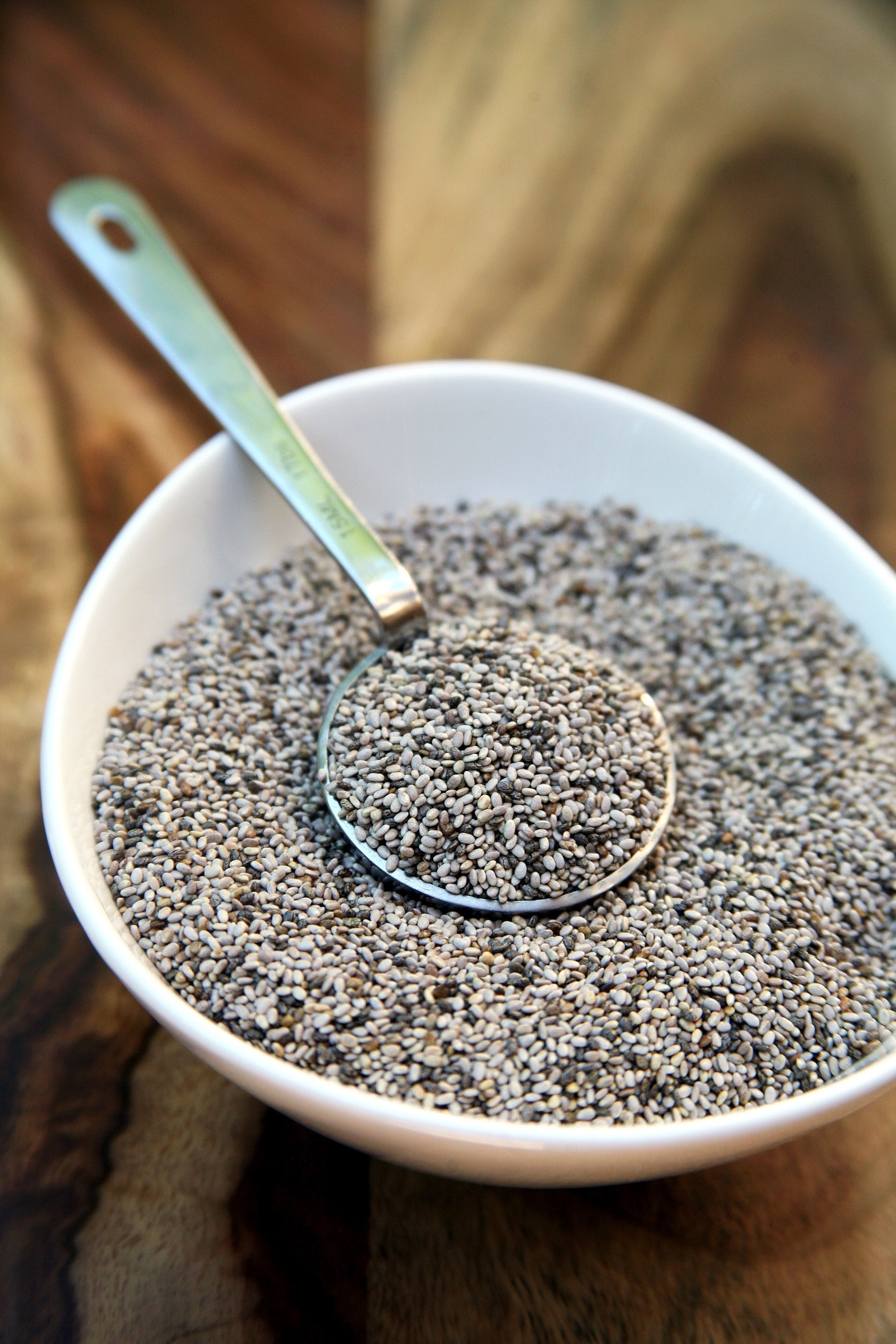Canned tuna is often the most common source of mercury in the diet. The term tuna encompasses several species of fish, including skipjack, albacore, yellowfin and bigeye tuna. Skipjack is the most commonly consumed species, making up over 70% of the American canned tuna market. Mercury is a chemical emitted by industrial facilities, such as power plants, cement plants and certain chemical manufacturers. Mercury is often used in thermometers, thermostats and automotive light switches, and can be emitted from these products at the end of their useful life. Mercury that is released into the environment can become a problem when…
Canned tuna is often the most common source of mercury in the diet.
The term tuna encompasses several species of fish, including skipjack, albacore, yellowfin and bigeye tuna. Skipjack is the most commonly consumed species, making up over 70% of the American canned tuna market.
Mercury is a chemical emitted by industrial facilities, such as power plants, cement plants and certain chemical manufacturers. Mercury is often used in thermometers, thermostats and automotive light switches, and can be emitted from these products at the end of their useful life.
Mercury that is released into the environment can become a problem when it settles into our oceans and waterways.
When mercury enters water, natural bacteria absorb it and convert it into methylmercury. Small fish consume or absorb the methylmercury and are eaten by larger fish. Instead of breaking down or dissolving, however, mercury accumulates at every level of the food chain.
Large fish like tuna can have mercury concentrations in their bodies that are 10,000 times higher than those of their surrounding habitat.
Risks of mercury consumption
Canned tuna is a dietary source of mercury that can cause health problems if consumed in high enough quantities.
Mercury is odorless and invisible to humans. Once in the body, however, it can interfere with the brain and nervous system as a neurotoxin.
Exposure to mercury can be especially harmful for small children and pregnant women.
While a child’s brain is developing, it is rapidly absorbing nutrients. Mercury can affect that development, causing learning disabilities and developmental delays. In infants and fetuses, high doses can lead to mental retardation, cerebral palsy, deafness and blindness.
In adults, mercury poisoning can adversely affect fertility and blood pressure regulation.
Mercury poisoning can also cause the following symptoms:
- Memory loss
- Tremors
- Vision loss
- Numbness of extremities.
The Centers for Disease Control and Prevention (CDC) conducted a study in 2009 that found that 1 in 40 women of childbearing age have mercury in their blood at a level that could pose a risk to a developing fetus. This figure was a significant improvement from data ten years prior, which showed that 1 in 15 women had mercury in their blood at the same level.1
How often should I eat canned tuna?
Fish oils
Tuna is an oily fish. Fish oils are said to have a number of health benefits if they are included in a human diet.
There are two main kinds of canned tuna: white albacore and chunk light.
Chunk light is made mostly from skipjack tuna, a smaller species of tuna. Albacore tuna is a larger species and therefore contains higher levels of mercury.
Canned white albacore tuna typically contains about 0.32 parts per million of mercury. Canned light tuna contains about 0.12 parts per million of mercury.
The following table contains the recommended amount of canned tuna that an individual should eat according to their body weight:
| If you weigh: | Do not eat more than one can every: | |
| White albacore | Chunk light | |
| 20 lbs | 10 weeks | 3 weeks |
| 30 lbs | 6 weeks | 2 weeks |
| 40 lbs | 5 weeks | 11 days |
| 50 lbs | 4 weeks | 9 days |
| 60 lbs | 3 weeks | 7 days |
| 70 lbs | 3 weeks | 6 days |
| 80 lbs | 2 weeks | 6 days |
| 90 lbs | 2 weeks | 5 days |
| 100 lbs | 2 weeks | 5 days |
| 110 lbs | 12 days | 4 days |
| 120 lbs | 11 days | 4 days |
| 130 lbs | 10 days | 4 days |
| 140 lbs | 10 days | 3 days |
| 150+ lbs | 9 days | 3 days |
The figures in the table above are taken from US Food and Drug Administration (FDA) test results for mercury and fish, and the Environmental Protection Agency’s (EPA) determination of safe levels of mercury.
The FDA recommend avoiding fresh ahi tuna completely during pregnancy.
In humans, if blood mercury levels are found to be high, they can take up to 6 months or longer to drop down to a safe level.
Recent developments on mercury from MNT news
Alzheimer’s: no link to mercury in brain or seafood consumption
There are many benefits associated with eating seafood, but it is also a source of mercury, a neurotoxin that affects neurocognitive development. Little has been known about potential links between seafood consumption, mercury levels and brain neuropathology, so a team of researchers set out to learn more.
Lifesaving mercury regulations will financially benefit America
A new study published in the Proceedings of the National Academy of Sciences delves into the complex global interactions of recent mercury regulations. Their findings show substantial financial gains for the US.
Mercury exposure may be a risk factor for autoimmune diseases in women
Exposure to high levels of mercury is known to cause damage to the nervous system, and it is believed to be particularly harmful for the developing fetus. But a new study by researchers from the University of Michigan claims that even at levels considered to be safe, mercury exposure may be hazardous to health.
Source: How Often Should I Eat Tuna? : Medical News Today





